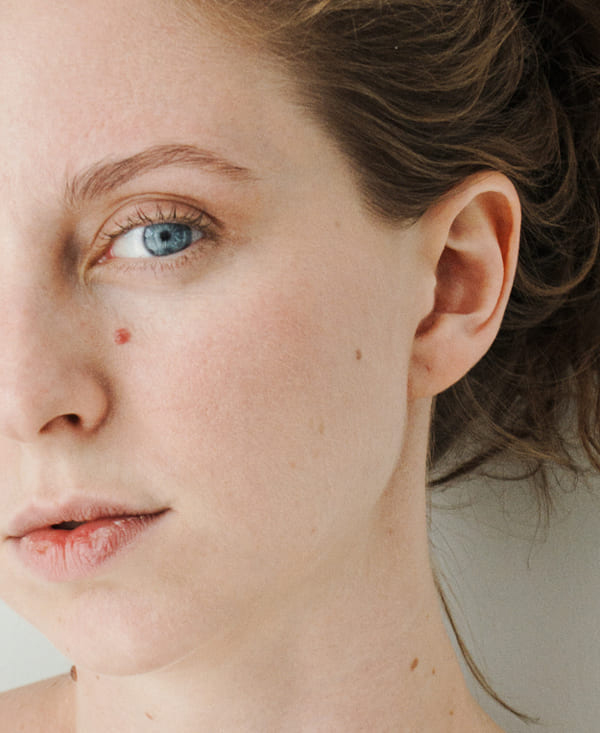Angioma


Laser therapy is also useful in the treatment of angiomas. They are very common, especially in women.
Often a cause of aesthetic embarrassment, the angioma (or hemangioma) is a generally benign vascular neoformation, i.e. a vascular tumor composed of blood vessels.
These, proliferating disorderly, form red agglomerations, usually quite small, which generally appear on the skin as superficial lesions (cutaneous angioma) or deep lesions (deep cutaneous angioma).
The correct medical term to indicate an angioma is benign neoplasm of mesodermal origin, but popularly this problem is often called “desire for wine” or “strawberry”, or even red “neo”.
Cutaneous angioma is only one of the possible manifestations of the phenomenon, the “visible” one and also the most common. It usually occurs on the head, chest, back and more rarely, on the limbs; it can disappear by itself or last a lifetime.
These neoformations can be congenital or appear over the years, especially after the age of thirty. However, the causes are unknown, although they appear to be related to a genetic predisposition. Pregnancy, hormonal imbalances in general and exposure to chemical products, including certain drugs, also seem to have an impact on the appearance.
Angiomas can be flat, therefore superficial and flat, tuberous, i.e. in the shape of a raised papule, or cavernous, i.e. deep and with subcutaneous branches, which appear as a bluish and localized swelling.
Furthermore, angiomas can be classified into three categories.
Angiomas are now relatively simple to remove. Although the intervention techniques are varied, according to Image Regenerative Clinic experts, the most effective solutions are lasers, technologies that allow the beam to be directed onto the neoformation and ablated.
The lasers indicated for this type of problem are the CO2 laser and the vascular laser.
In the case of very extensive, cavernous angiomas, or in areas that create functional problems (for example on the eye and on the lips) surgical removal may be necessary on the basis of clinical tests.
The removal of angiomas is indicated in all cases in which the angioma creates embarrassment or is perceived as an aesthetic problem. According to the experts of Image Regenerative Clinic, it is a good idea to intervene, because the angiomas can get bigger.
Any age according to the specialist’s indications.
Depending on the angioma to be treated.
CO2 laser and vascular laser.
The Image team led by Prof. Carlo Tremolada performs the removal of angiomas in Milan.
It is possible to view before and after photos of angioma removal directly at Image Regenerative Clinic.
To find out the costs of angioma removal treatment, view the prices page or fill out the form to request information.